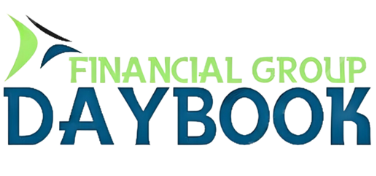
What Is a Balance Sheet?
A balance sheet is an important document needed to evaluate the financial performance of your business. It can be calculated for a particular period – for a month, quarter, half-year or year. The annual balance sheet will help you to evaluate the overall financial value of your company.
What you need to do first is calculate and determine the assets of your business against its liabilities. The balance sheet must always balance. This means that the total assets must equal the total liabilities plus owner’s equity.
Assets = Liabilities + Owner’s Equity
Determine Assets
Assets are your company’s resources. They include money, investments and products your company owns that can be converted into cash: accounts receivable, inventory, land, buildings, equipment, etc. The assets put companies in the financial positive and the assets of a successful company should be greater than the sum of its liabilities.
There are two categories of assets: “Current assets” and “Fixed assets”.
- CURRENT ASSETS include anything expected to be received or used up within a year. They can be money in savings accounts, securities, accounts receivable, inventory, etc.
- FIXED ASSETS (also called Long-Term Assets) are the items owned by the company. They may include: supplies (equipment, computers, office furniture, cars, etc.), property, intellectual property such as patents, copyrights, trademarks.
Determine Liabilities
Liabilities are the debt your company owes to its creditors. They are the negative part of the equation and they include operational costs, debt and material expenses. There are two categories of liabilities: “Current Liabilities” and “Fixed Liabilities” (also known as “Long-Term liabilities”).
- CURRENT LIABILITIES include money spent and any other debts that must be paid out within one year, such as accounts payable (to suppliers), taxes, and payroll. It can also include the portion of long-term debt due within the next year.
- FIXED LIABILITIES (Long-Term Liabilities) refer to bills due any time after one year. They include loans, mortgages, and leases that will be repaid more than one year from the date on the balance sheet.
Determine Owner’s Equity
Most business owners and investors use the balance sheet to calculate the value of the company’s equity. It is the value of the assets minus the liabilities. If this equation results in a negative worth, this is not a good result for your business.
Owner’s Equity = Assets – Liabilities
Put it All Together and Format Your Balance Sheet.
When you gather the needed, just put it all together and your balance sheet is ready.
You can form your balance sheet in two columns. List the assets in the left column. In the right column list your liabilities at the top and equity underneath it.
You can also put all the information in one column. Just list assets, liabilities, and equity in that order from top to bottom.
Conclusion
Now I’m sure you can conclude creating a balance sheet is no stroll in the park. It’s time consuming, confusing, and even frustrating at times. After years of being in the field, we can definitely agree with you on that one.
That’s why at Daybook Group, we’re offering 20% off the first month of Bookkeeping services for new clients. This way, you can save more time and earn more.
What are you waiting for? Contact Daybook Group today!
